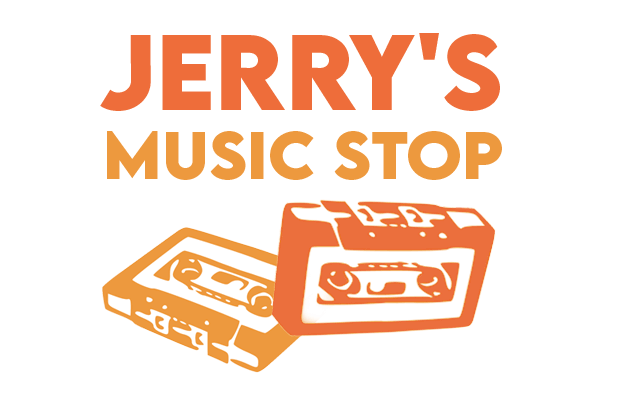Vinyl records will forever have a place in our hearts. Since the first commercial vinyl record launched in1930 the resurgence is not showing any sign of slowing down.
If you already have a plethora of records at your disposal, you will need a vinyl player. If you don’t, you should consider collecting new vinyl records. We just love the sound of music when played on vinyl.
How does a vinyl player work?
Since it’s designed as a vintage record player, it is quite a complicated device. But the main idea behind its usage is simple and indigenous. A vinyl record contains a groove that runs from the outer edge to the center disc.
To play a record, you place the turntable’s needle on it and the record starts to spin. The needle vibrates as the record spins, which turns into sound waves. These sounds are then amplified, which then turns into music.
When using the player,
- Pick up your vinyl records by the edge: Dirt and dust can affect the sound quality
- Place it on the turntable and line up the hole in the disc with the center.
- Set the appropriate speed.
- Gently lift the tonearm (the lever-shaped object that houses the needle) and place it on the edge of the record.
Things to look out for when buying a vinyl record player
Record player type
There are three main types of record players available. There’s a manual, automatic, and semi-automatic player.
The main difference between these players is the method you use to place the needle on the record. For a manual player, you need to place the tonearm on the record yourself. Automatic, with the push of a button, the record plays. Meanwhile, semi-automatic means you place the needle on the record yourself, but it lifts off itself.
Vinyl records’ sizes and speeds
Vinyl records all come in different types and they rotate at different speeds. This speed can be measured in RPM (revolutions per minute). This will automatically determine the speed you need to switch your player to. You can easily identify the RPM of any vinyl record.
- Most singles are 7-inch records, which play at 45RPM. They can fit five minutes of music on each side.
- Albums are usually a 12-inch record and play at 33 RPM.
- Lastly, we have the 10-inch disc that plays at 78 RPM. Turntables tagged as “three speed” can support this speed.
The best position for your record
Another important thing to know is the perfect position for your record player. It requires more than just dusting off an area on your shelf and placing it there.
A vinyl record player produces sound through vibration and will need a sturdy surface to avoid interference in sound. External vibrations can cause the needle to skip. I personally suggest you get an isolation system for your record player as it will help dampen any external vibrations.
How much should you spend on a record player?
The price of record player vary. Retro-styled players are more budget friendly and come with their own built-in speakers.
If you choose to settle for mid-range or beyond record players you will need to budget more. Most mid-range vinyl record player don’t come with built-in speakers so you have to supply your own.
